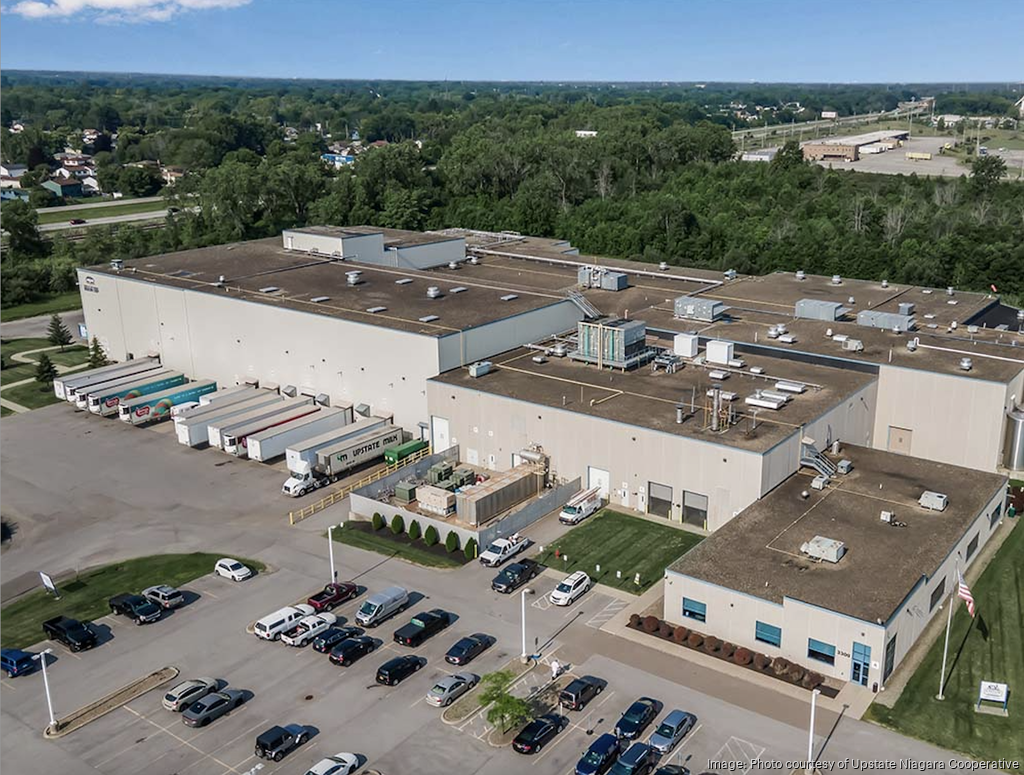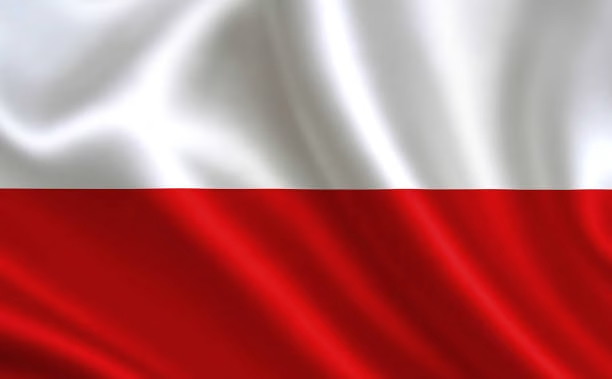How will $200 million in expansions by Upstate Niagara and Grande Cheese impact your farm’s future?
Summary: Have you ever wondered how expanding dairy operations in New York and Wisconsin could impact your farm? Upstate Niagara Cooperative‘s $150 million expansion in West Seneca, New York, and Grande Cheese Company’s renovation and 60,000-square-foot expansion in Wisconsin aim to meet growing consumer demand, adding around 450 new jobs and boosting production capacity. This means more opportunities for dairy contracts and potentially higher milk prices, with Upstate Niagara expecting a 54% increase in employment and Grande’s new facility set to be the third-largest in their network.
- Dairy operations expansion in New York and Wisconsin promises to impact local dairy farms significantly.
- Upstate Niagara Cooperative’s $150 million project is expected to add 250,000 square feet to its facility in West Seneca and increase employment by 54%.
- Grande Cheese Company’s Wisconsin expansion includes 20,000 square feet of renovations and 60,000 square feet of new construction, with the facility becoming the third-largest in their network.
- Both expansions aim to meet growing consumer demand, creating approximately 450 new jobs combined.
- Potential benefits for dairy farmers include more opportunities for contracts and possibly higher milk prices.

Two major participants, Upstate Niagara Cooperative and Grande Cheese Company, are driving a $200 million growth in New York and Wisconsin. These dramatic additions provide 330,000 square feet of new and refurbished space and approximately 450 new jobs. This expansion is more than simply boosting production capacity; it is also about satisfying rising customer demand for high-quality dairy products. For dairy producers, this means more demand for milk, improved market stability, and higher pricing. The consequences of these investments will indeed affect your bottom line, making this an opportunity you cannot afford to pass up.
Upstate Niagara’s $150 Million Expansion
Upstate Niagara Cooperative is preparing for a significant makeover with a $150 million expansion in West Seneca, New York. Consider a 250,000-square-foot extension that seamlessly integrates with their existing 222,851-square-foot business. This is more than simply expanding room; it is a purposeful initiative to address rising customer demand for cottage cheese and Greek yogurt.
Beyond output, this development is expected to significantly boost employment, with a 54% increase in staff size, bringing the total to 370. This is more than just bricks and mortar; it’s about invigorating the local economy and creating opportunities for qualified individuals in the community. This positive ripple effect is something we can all look forward to.
This economic boom in Upstate Niagara provides some optimism for dairy producers. Increased processing capacity may lead to more contracts and higher milk prices, solving the business’s overproduction difficulties. Expansions like this help balance supply and demand in dairy farming.
Grande Cheese’s Bold Move: Major Renovation and Expansion in Wisconsin
Grande Cheese Company’s recent groundbreaking event in Wisconsin was nothing short of historic for the dairy industry. This ceremony started substantial repairs and development at the recently purchased Chilton property. The project involves 20,000 square feet of modifications and 60,000 square feet of new construction, all to increase their mozzarella cheese manufacturing capacities. Once the dust settles and the ribbon is broken, the newly renovated facility will be the third-largest in Grande’s network, bringing new possibilities and development to the area. The expansion will update the infrastructure and produce 75 employees, combining new hiring and current Grande transfers. This deliberate step indicates a forward-thinking strategy to meet growing needs while promoting community development.
What This Means for Dairy Farmers: Opportunities and Challenges
These expansion initiatives will substantially impact New York and Wisconsin dairy producers—increased production capacity increases milk demand. Upstate Niagara Cooperative’s expansion, which aims to expand cottage cheese and Greek yogurt production, is expected to result in more milk purchases from local farmers. Similarly, Grande Cheese Company’s new plant will need more milk to produce mozzarella cheese, resulting in increased demand.
Increased demand may lead to higher milk prices, a welcome change for dairy producers facing financial challenges. But these developments are not just about higher prices; they also open up new business possibilities. Imagine the potential for contracts or collaborations with these growing businesses, providing a consistent cash stream. This is an exciting time for the dairy industry.
However, these advancements are not without hurdles. While primary cooperatives develop, smaller farmers may need help to meet rising production needs and more means to extend their businesses. Overproduction may still be a worry, as seen earlier when farmers were forced to discard milk owing to a lack of processing facilities. Farmers must consider these aspects and adjust their strategy to take advantage of the changing terrain. They may need to invest in more efficient production methods or seek new markets to compete in this evolving landscape.
The Bottom Line
As previously noted, Upstate Niagara and Grande Cheese are investing significantly in expanding their facilities in New York and Wisconsin. These additions are expected to generate hundreds of jobs and increase manufacturing capacity for cottage cheese, Greek yogurt, and mozzarella products. These technologies have the potential to change the dairy sector as a whole. The real issue is, what does this imply for dairy producers like you? While these expansions might open up new markets and stabilize pricing, they highlight the significance of responding to a changing industrial environment. This environment is characterized by increasing demand for high-quality dairy products, technological advancements in production, and a shift towards more extensive, efficient operations. These shifts can transform existing obstacles into new possibilities with the appropriate methods. The risks have never been more significant, and the prospects may never have been more crucial.
















